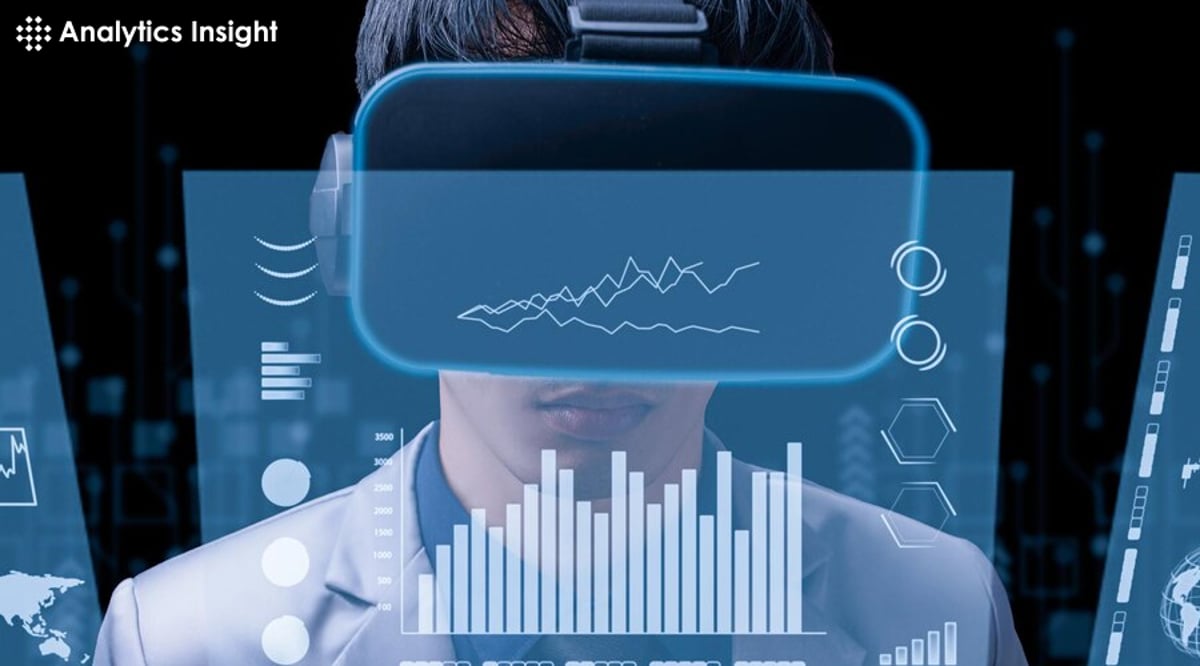How is generative AI used in data analytics?
Generative AI is revolutionizing data analytics by automating data generation, enhancing predictive modeling, and providing deeper insights. It creates synthetic data to supplement real datasets, improving model training and addressing data scarcity.
Generative AI can identify patterns and anomalies, making predictions more accurate and robust. It also assists in creating advanced visualizations and narratives, turning complex data into comprehensible formats.
What are the future uses of generative AI?
The future uses of generative AI are vast and transformative. In healthcare, it can design new drugs, personalize treatment plans, and simulate medical scenarios. In entertainment, it will create immersive virtual worlds, realistic characters, and personalized content.
In education, generative AI can develop tailored learning experiences and intelligent tutoring systems. In business, it will enhance customer service through advanced chatbots, optimize supply chains, and automate complex tasks.
Which AI tool is best for data analysis?
Several AI tools excel in data analysis, each offering unique features. Python-based tools like TensorFlow and PyTorch are highly regarded for their flexibility and extensive libraries, ideal for advanced machine learning and deep learning tasks.
For more user-friendly platforms, RapidMiner and KNIME provide drag-and-drop interfaces, making data analysis accessible without extensive coding knowledge. IBM Watson offers robust AI-driven insights with powerful natural language processing capabilities.
How can generative AI help you improve your data visualization charts?
Generative AI can significantly enhance data visualization charts by automatically generating visually appealing and insightful representations. It can identify key patterns and trends within the data, suggesting optimal visualization types for clarity and impact.
AI can also create interactive elements, enabling deeper exploration of data insights. By automating the design process, generative AI ensures consistency and accuracy while saving time.
Can generative AI create dashboards?
Generative AI can indeed create dashboards by leveraging its ability to analyze data patterns and generate visual representations. Using algorithms like GANs (Generative Adversarial Networks) or neural networks, AI can process complex datasets and generate interactive dashboards that visualize trends, insights, and predictions.
These dashboards can be customized based on user requirements, offering dynamic updates and intuitive interfaces. This capability not only enhances data exploration but also supports decision-making processes across various industries, from finance and healthcare to marketing and logistics.


